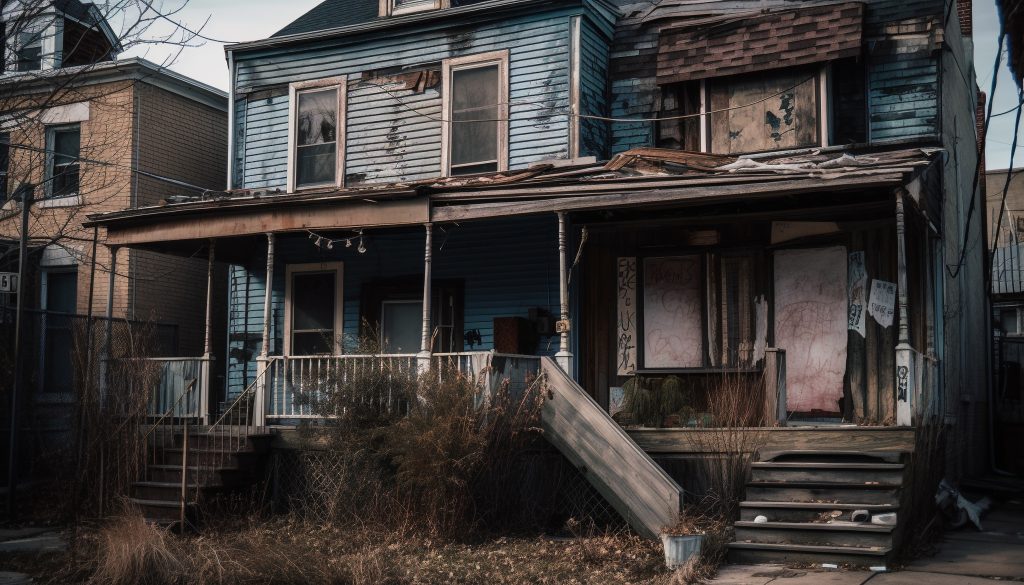

In simple terms, rehabbing a property means making changes and repairs to it in order to improve its condition. Rehabbing can be done for a variety of reasons, including fixing up a property to live in, fixing it up to rent out, or fixing it up to sell.
When rehabbing a property, it’s important to consider both the current condition of the property and the potential value that can be added through repairs and improvements.
The Different Types of Real Estates Rehab
Real estate rehabs can be a great way to add value to a property, but it’s important to understand the different types of rehabs before getting started.
There are three main types of real estate rehabs:Cosmetic, Functional, and structural. Each type has its own benefits and drawbacks, so it’s important to choose the right one for the property and the investor’s goals.
The Art of Cosmetic Rehab:
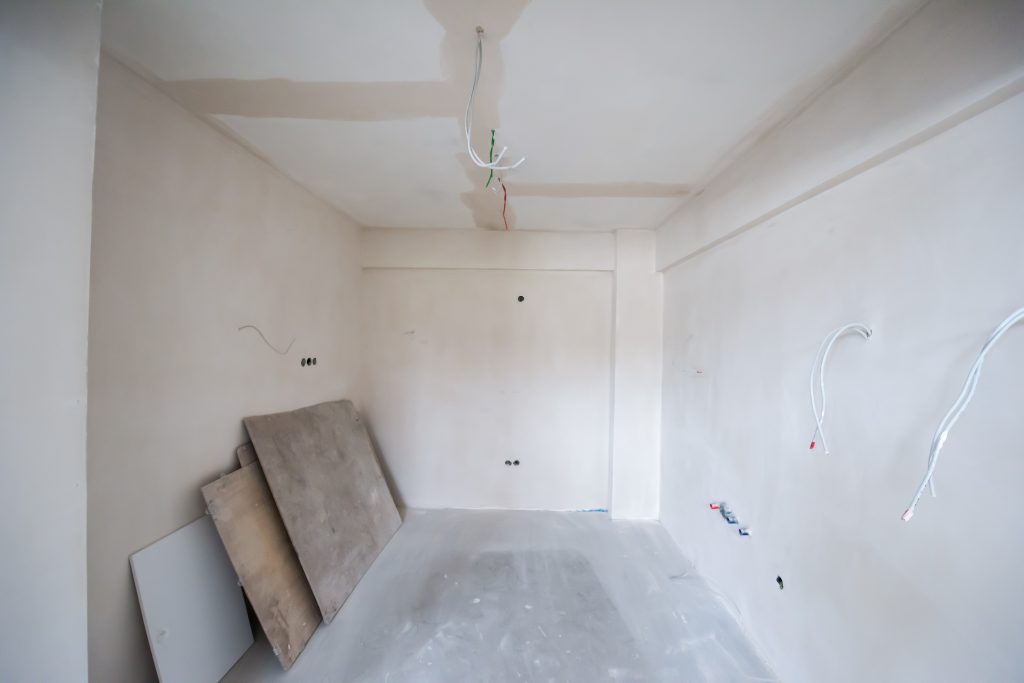
Imagine you’re considering a cosmetic rehab for a small single-family home. You might want to paint the walls, replace the kitchen cabinets, and update the lighting. These cosmetic changes can make the home more attractive to buyers without requiring a large investment.
A cosmetic rehab is the least expensive and time-consuming type of rehab. It involves mostly surface-level changes, like painting, replacing light fixtures, and updating the flooring. This type of rehab can be a good option if you’re working with a limited budget or if you’re new to rehabbing properties. It’s important to keep in mind that cosmetic changes may not add a lot of value to the property. However, they can make it more appealing to potential buyers.
What To Know When Considering Cosmetics Rehab:
Cosmetic rehabs can can be relatively inexpensive, they can be quick to complete, and they can have a big impact on the look and feel of a property
Cosmetic rehab can be done without the need for special permits or licensing. This makes them a good option for DIY investors.
Cosmetic rehabs don’t require extensive training or experience, so they’re a good option for beginners.
However, cosmetic rehabs may not increase the property value as much as other types of rehabs, and they don’t address any structural issues that may exist.
Cosmetic rehabs may not address any underlying problems with the property. For example, if the roof is leaking, painting the walls won’t fix the issue.
The Functional Rehab:
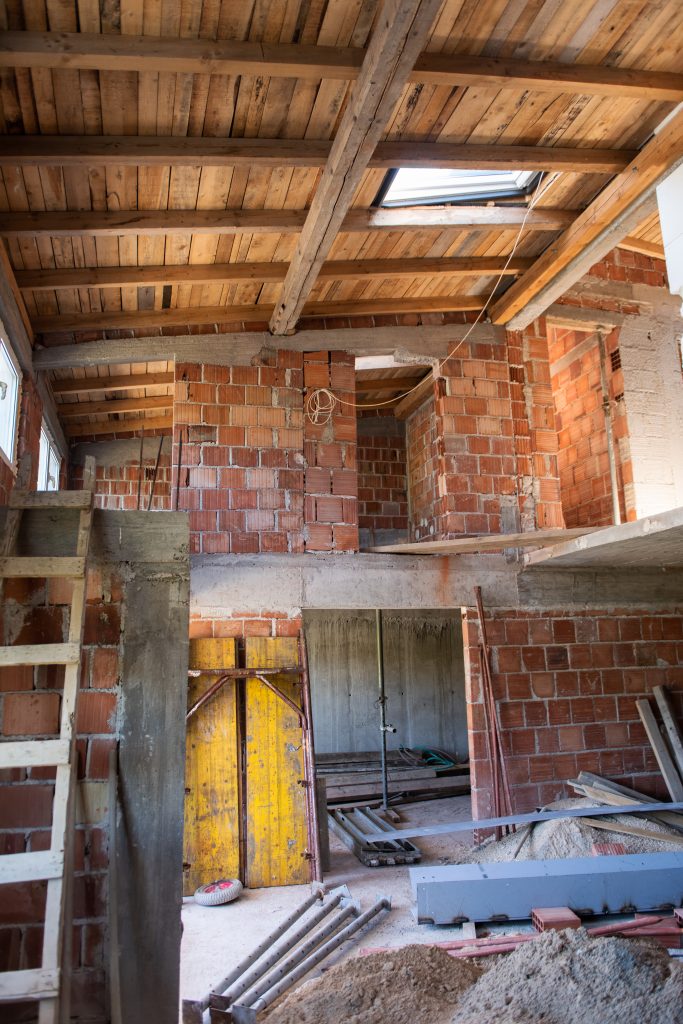
A functional rehab involves making changes that improve the function of the property. This type of rehab can include things like adding a bathroom, updating the kitchen, or adding energy-efficient features. These changes can add value to the property and make it more appealing to buyers.
However, they can also be more expensive and time-consuming than cosmetic changes. You also need to be sure you’re making changes that will appeal to the target market for the property.
What To Know When Considering Functional Rehab:
They can improve the safety and comfort of the property and make the property more energy-efficient.
They can increase the property’s resale value and can extend the life of the property.
However , functional rehabs can be expensive, especially if major repairs are needed
They can be disruptive to the occupants of the property and may require permits and inspections and can be expensive, especially if major repairs are needed.
They may require permits and inspection, also they may not be covered by insurance, and can be time consuming.
Structural Rehab of Realestates
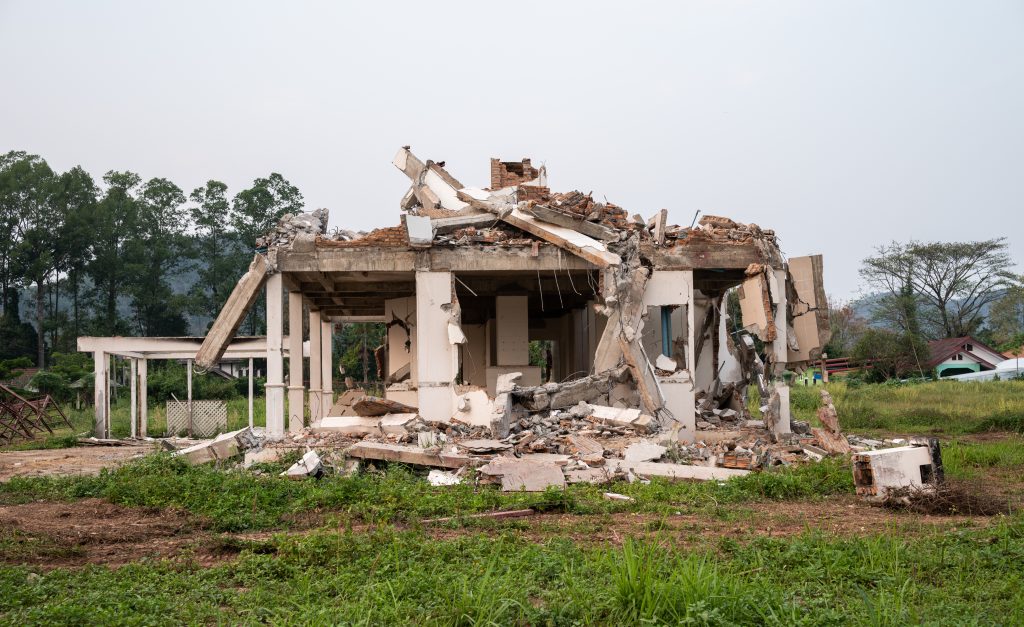
“Structural rehabs are the most extensive and expensive type of rehab, but they can also yield the biggest rewards.
These types of rehabs involve making major changes to the structure of the property, such as adding or removing walls, replacing the foundation, or adding an additional floor. While they require a significant investment of time and money, they can significantly increase the value of a property.”
What To Know When Considering Structural Rehab:
There are several pros to structural rehabs, including:- They can increase the size of the property and can improve the safety and livability of the property.
They can increase the property’s value and can be eligible for tax credits or incentives
They can modernize the property and make it more energy-efficient
However , structural rehabs can be very expensive, especially if major repairs are needed- and may require the services of a contractor, engineer, or architect
They can take a long time to complete and can be disruptive to the occupants of the property.
They may require permits and inspections- They may not be covered by insurance
These are just some of the things to consider when weighing the pros and cons of structural rehabs.
Rehab Properties vs Fixer-uppers
There is a difference between a rehab and a fixer-upper.
One key difference between a rehab and a fixer-upper is the scope of work required.
A rehab is a property that needs repairs and upgrades to be in livable condition. A fixer-upper is a property that is in livable condition but needs some cosmetic updates or small repairs. Rehabs are typically more extensive and expensive than fixer-uppers.
With a rehab, there may be major structural repairs or renovations required, such as re-doing the roof, foundation, or electrical system. A fixer-upper typically requires less extensive work, such as painting, new flooring, or updating the kitchen or bathroom.
Another difference is the cost. Rehabs are typically more expensive than fixer-uppers because they involve more extensive work.
Key Takeaways;
Rehabbing properties can be a great way to add value and make a profit. If you’re able to buy a property at a low price and then make some improvements, you can sell it for a higher price and pocket the difference.
It can be a creative and fulfilling experience. Rehabbing properties can give you a sense of pride and accomplishment when you see the transformation from start to finish.
Rehabbing properties can be a flexible way to invest in real estate. You can do it as a full-time job or as a side hustle. You can also choose to do the work yourself or hire contractors. This flexibility can be a big advantage, especially for people with other commitments, like a full-time job or family obligations.
It can be a relatively low-risk investment. If you buy the property at the right price and do the work well, you’re likely to make a profit.
It can also be time-consuming and stressful. It takes time to find the right property, get the necessary permits, and complete the rehab. During this time, you may have to deal with unexpected delays or problems.
It can be expensive. You need to have the money to buy the property and pay for the materials and labor to complete the rehab. There’s also the risk that you may not make a profit. If the rehab takes longer than expected or costs more than anticipated, you may end up losing money.
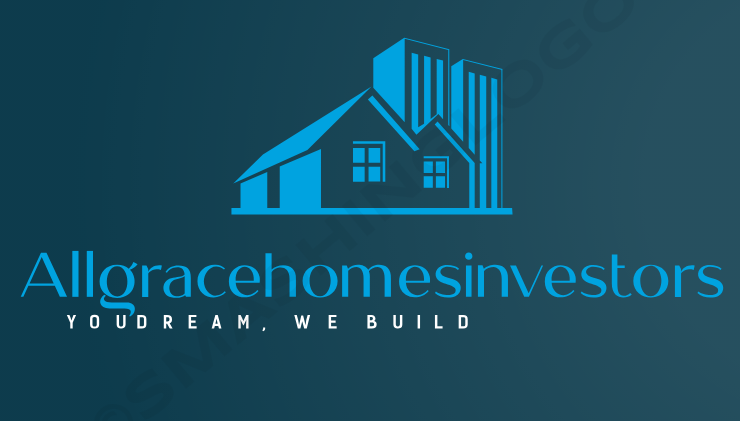
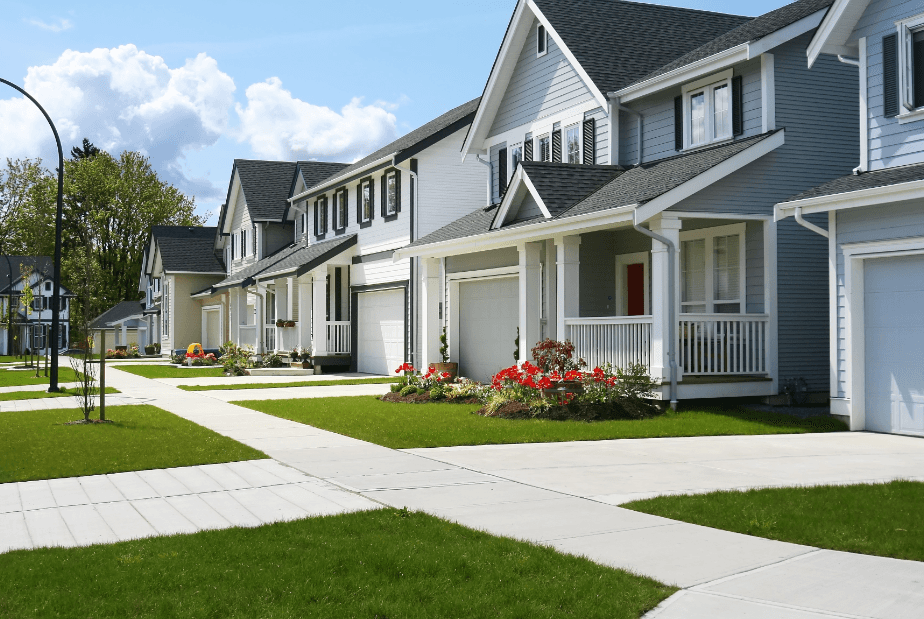

0 Comments